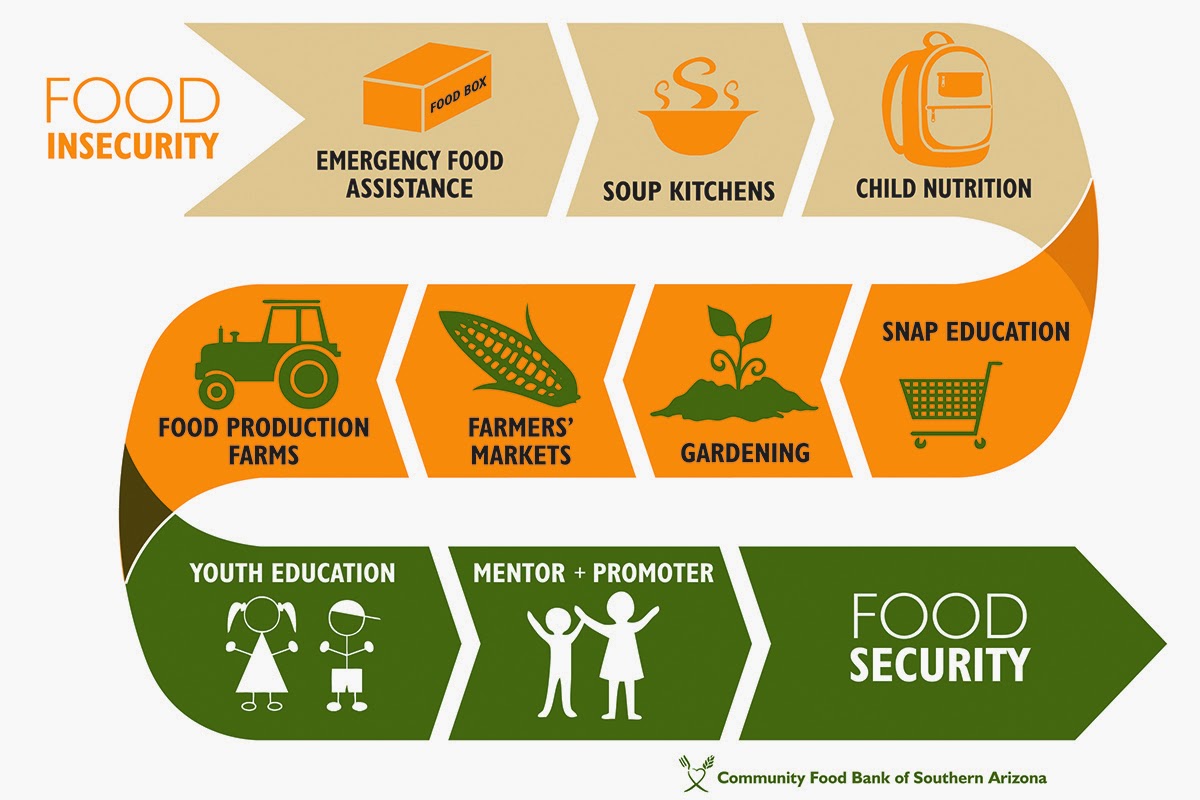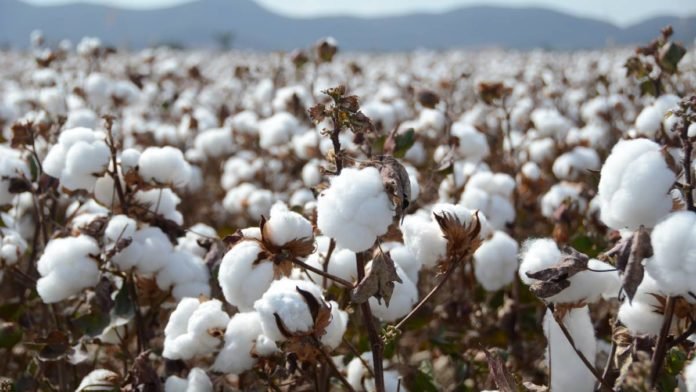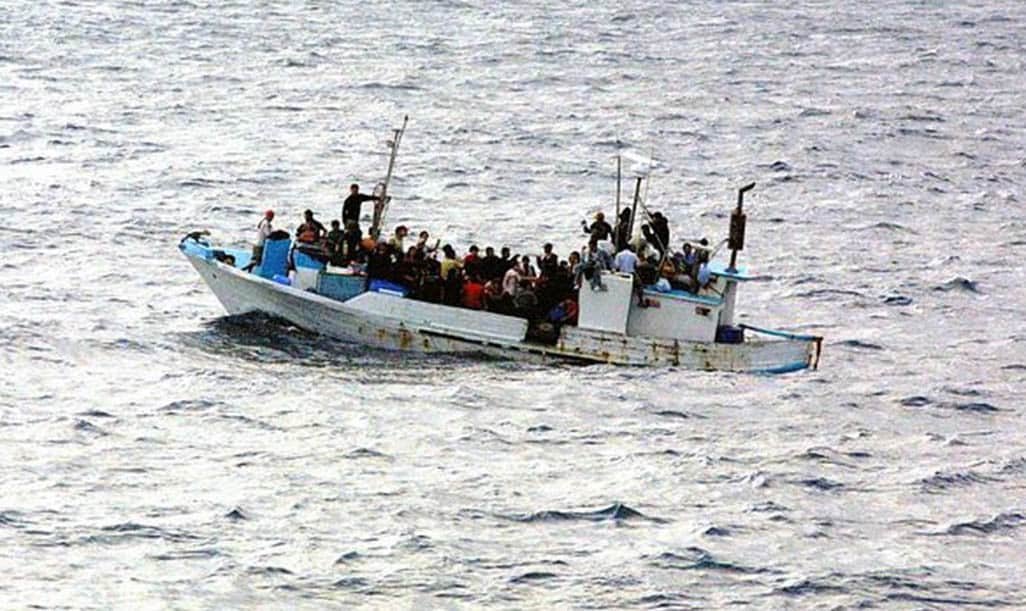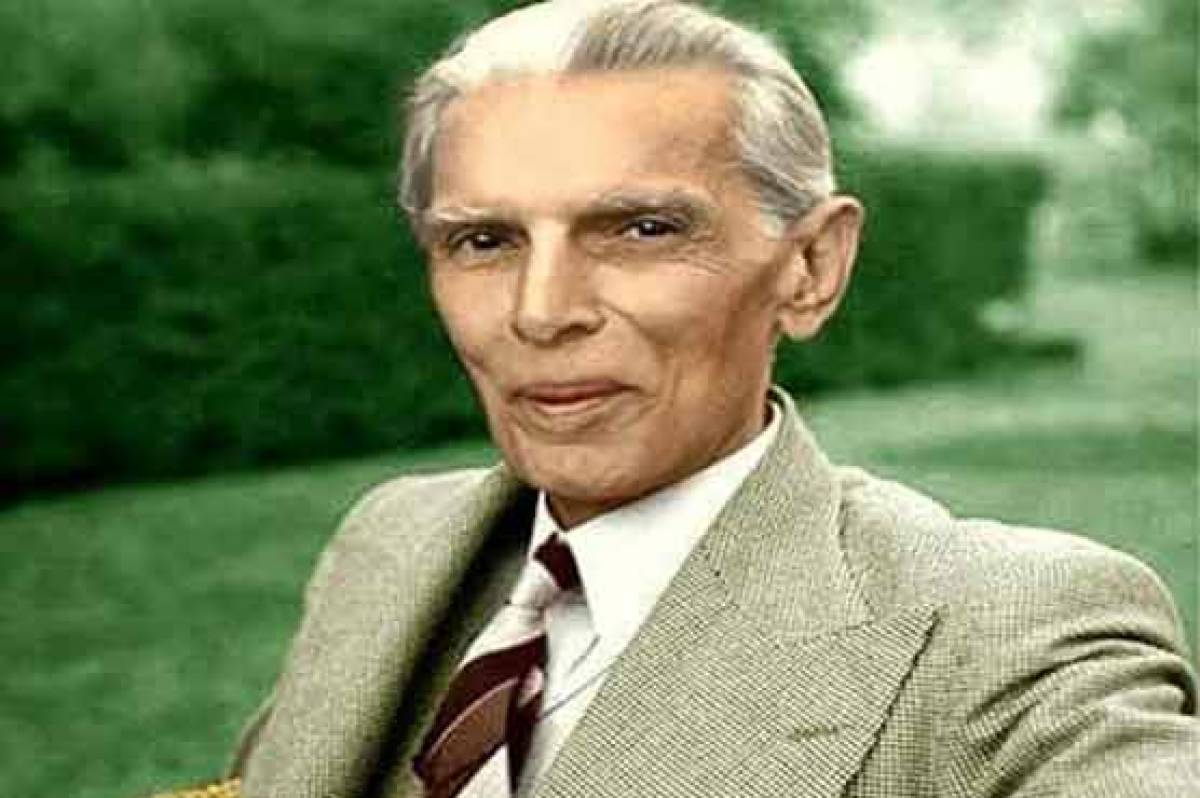Editorial
Recent reports reveal that the government has successfully obtained $1.2 billion through the Saudi Oil Facility and $430 million from the Islamic Development Bank’s International Islamic Trade Finance Corporation. These funds are aimed at promoting trade among the Organisation of Islamic Countries (OIC).
The majority, if not the entire $1.63 billion, is expected to be allocated for the import of fuel. This is in response to the substantial $2.8 billion spent on fuel imports during July and August 2024, as reported by the State Bank of Pakistan. For the fiscal year 2023-24, fuel imports accounted for a staggering $28 billion. This is despite the government being compelled to reduce imports of furnace oil and petroleum products due to economic challenges.
Given the current geopolitical situation, there is a real risk of further increases in oil prices, especially if there is conflict involving Iran, as warned by the country itself.
It’s worth noting that while the two aforementioned facilities are likely to offer concessional terms, the government has also secured a commitment to receive $1 billion from Dubai International Bank (DIB) at market terms. This means the lending rate would be determined based on the prevailing interest rate and Pakistan’s associated risk of default.
Although two of the three international rating agencies, Moody’s and Fitch, recently upgraded Pakistan’s rating, the country is still categorized as high risk for default. This raises concerns that commercial loans may come with high-interest rates, potentially as high as 11 percent.
Additionally, there are unconfirmed reports that debt equity issuance, such as sukuk or Eurobonds, is unlikely due to the high cost of borrowing for the country. There’s also uncertainty surrounding potential loans from Mashreq Bank, despite previous talks with the bank’s management.
The government continues to face challenges in securing external financing to meet its expenditures, with a current shortfall of $4 billion. This includes $3 billion from commercial banks and $1 billion from debt equity.
Although the government’s budget included $20.4 billion from external sources, only $1 billion has been secured thus far. While the IMF’s approval was contingent on securing external funding, it remains to be seen whether the commercial banking sector will be more willing to lend to the government at a negotiable rate.
It’s important to note that this newspaper has consistently emphasized that the pressure to secure external loans at high interest rates can only be alleviated through voluntary sacrifices in current expenditures. However, the government’s commitment to this approach has yet to yield definitive results.”

















































